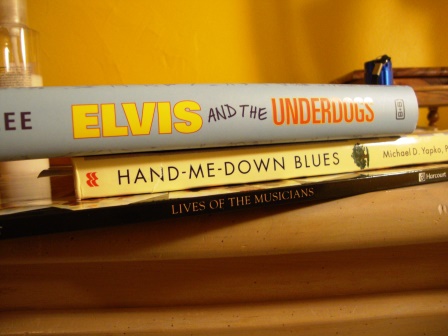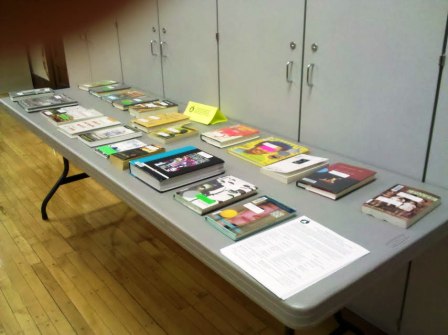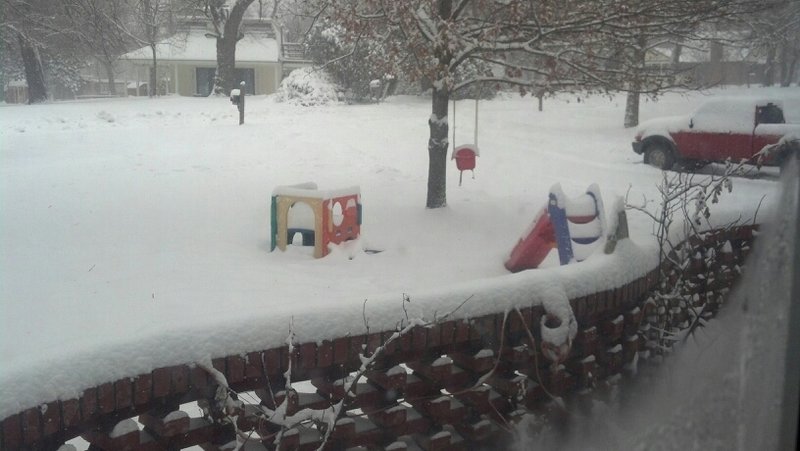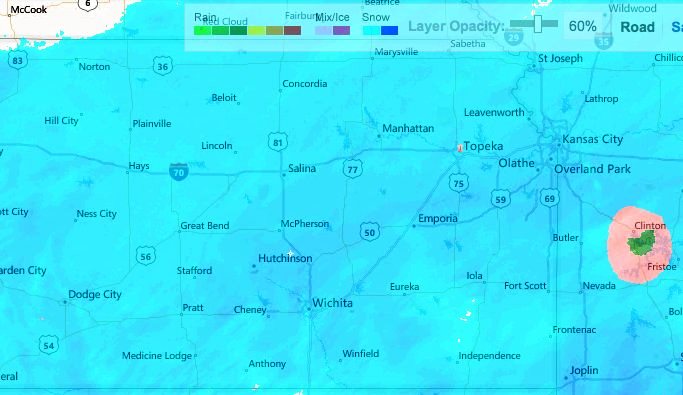This post originally aired about one year ago. Since then, the magic number of prevalence has become 1 in 67, up from 1 in 88.
It’s April, again. Autism Awareness Month. Now that autism numbers are estimated at 1 in 88, shouldn’t we already be aware? Shouldn’t we as a society be moving on?
Moving on beyond awareness means learning about each other, neurotypical or on the autism spectrum. Even under the old numbers of 1 in 166, the estimates indicated so many children and adults with autism that “normal” needed redefinition.
Awareness, people, is not enough. Awareness is a low form of knowledge, and knowledge itself sits down low at the base of the learning pyramid. Awareness means knowing that the student sitting next to your child in class might have autism. Knowledge and understanding come around when that child responds to gestures of friendship, perhaps awkwardly, yet making a step toward joining the social peer group in some way.
Awareness? Awareness means slapping a multi-colored puzzle-design ribbon magnet on the back of the family minivan. Understanding means that when the minivan next to yours at the red light is moving back and forth propelled by the rocking of the teenager in the front seat, you notice but don’t judge. You might offer an understanding smile to the driver if the opportunity comes up. By refraining from negative comments, a parent provides a role model for the rest of the minivan passengers.
The “R” word is also still active, unfortunately. The word Retarded hasn’t been in active use for educational professionals in decades, but it still turns up in verbal put-downs. Awareness means knowing the label Retarded is unacceptable. Knowledge and comprehension would show that anyone with limitations in learning faces enough challenges without getting their diagnosis tossed around as a playground insult.
I wore my “R” Word t-shirt on the appropriate day. That’s my awareness activity. To bring it to a higher level, I vow to stop and comment when I hear the word used: stop and educate those who would otherwise redefine a person in narrow boxes.

Now it’s time to take Autism Awareness to a higher level, too.











